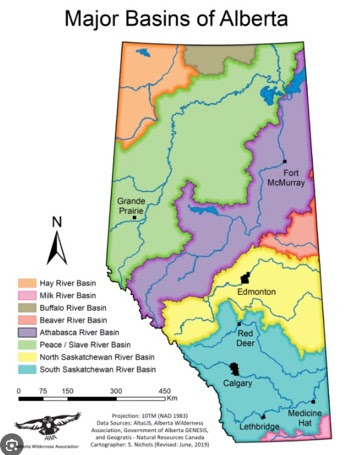Doug Pullan was our guest instructor tonight. Doug showed the gang how to tie three different types of booby flies. Below is a copy of Doug's presentation. It is an excellent summary of how to fly fish with booby flies and you can see the three excellent examples that we tied tonight. Thanks Doug for the outstanding and informative presentation!
There is no fly tying on Family Day. Our next presentation in two weeks is with Ralf Kuntzemann. As always, Ralf will be teaching us some great patterns for fly fishing. See you then!
Today’s fly fisher has access to many different fly patterns. Some represent a natural food item, while some act as attractors. Fly patterns may use natural materials or synthetics or a combination of both. The fly is only part of the equation of success; the other important part is the presentation.
The Booby Fly which is not just a fly pattern, it’s a tying style. Many fly patterns can incorporate the booby style. Chironomids, nymphs, baitfish, damsels, dragons and leeches can be transformed to Booby Flies. Foam is the essential component of the booby eyes which gives a life-like action in the water column. The important element to your success using booby flies is choosing the right fly line, leader and fishing technique.
The Booby Fly was first created by a UK fly fisher/tier by the name of Gordon Fraser in 1987. His booby pattern was a small midge larva that he fished in reservoirs using a sinking line and a short leader.
The Booby Fly originally represented emerging insects. The foam booby eyes were designed to imitate the air bubble that insects used to ascend to the surface. Even though fly tiers have boobized many transitional fly patterns, contemporary boobies are focused on the attractor category. This is mainly due to the predatory nature of trout and the booby’s ability to entice a strike.
Booby Flies can be fished in lakes as well as rivers, but most fly fishers us these flies when fishing stillwaters. It can be fished in all parts of a lake, in both shallow and deep water. Regardless of the depth, the approach is similar. There are many choices of fly lines that can be used to fish Booby Flies. Booby Flies can be fished using floating lines, midge-tip or clear-tip lines, but it is most at home when using an ultra-fast sinking line with a short leader.
Depending on the type of Booby Fly pattern being fished, may determine what retrieve method is best. There are 4 things to consider when retrieving your Booby Fly. They are the length of the pull, the speed of the pull, the rhythm of the retrieve and the pause between the pulls. A hand twist retrieve can be used when imitating slow-moving food sources such as chironomid pupae and larvae, mayfly nymphs and damselfly nymphs. When fishing using Booby attractor patterns, a faster Rolly Polly retrieve is sometimes recommended. You can also use this type of retrieve when using natural booby patterns including leeches, minnows and dragonflies. The pace of the Rolly Polly retrieve can be varied in order to trigger a strike. Please note: when fishing with Booby Flies, always maintain contact with the flies to avoid the fish swallowing your fly. Sharp strips with minimal pauses are key to avoid fatal injury to your prey.
An effective way when using Booby Flies is to use a method called the Washing Line. To use this dropper technique, attach your buoyant Booby Fly on the point and then attach non-buoyant flies as droppers. Often times, the Booby Fly will attract the fish to one of the dropper flies.
Note: The location you are fishing will indicate the number of flies you can use legally.
You can use this method from the surface to the bottom of the water column. Use the countdown method to cover the different depths of the water column. After you’ve made the cast, give the line a quick tug to cause a surface disturbance before letting the flies sink.
Booby flies come in all different sizes and colours. Some resemble national food items while others are purely attractor types. Some booby eyes are large and some are small. Booby eyes can be symmetrical or asymmetrical. Whatever the configuration, they are buoyant in nature and are very effective in triggering a response out of curiosity, territoriality or aggression.
You can purchase blocks of foam and then drill out the foam.
Half Booby Buzzer
Hook: Daiichi 1120, #12
Thread: Black UTC 70
Booby Eye: Foam ball covered with nylon patch
Body: Buzzer Wrap, black
Rib: UTC Holo Tinsel, red, small
Thorax: Peacock Herl
Damsel Booby
Hook: Mustad 9671 #10
Thread: Olive UTC 70
Booby Eyes: Black 7mm Foam
Tail: Olive Marabou
Flash: Olive Flashabou 6969
Body: FNF Jelly Fritz Ellerdine Olive
Sunburst Coffin Booby
Hook: 2X Heavy Hook, Wide Gap, #10
Thread: Fire Orange UTC 70
Booby Eyes: White 7mm Foam
Tail: Fl. Yellow Marabou
Flash: Yellow Krystal Flash
Body: Sunburst Orange Fritz 15mm
Rubber Legs: Yellow/Black


















No comments:
Post a Comment